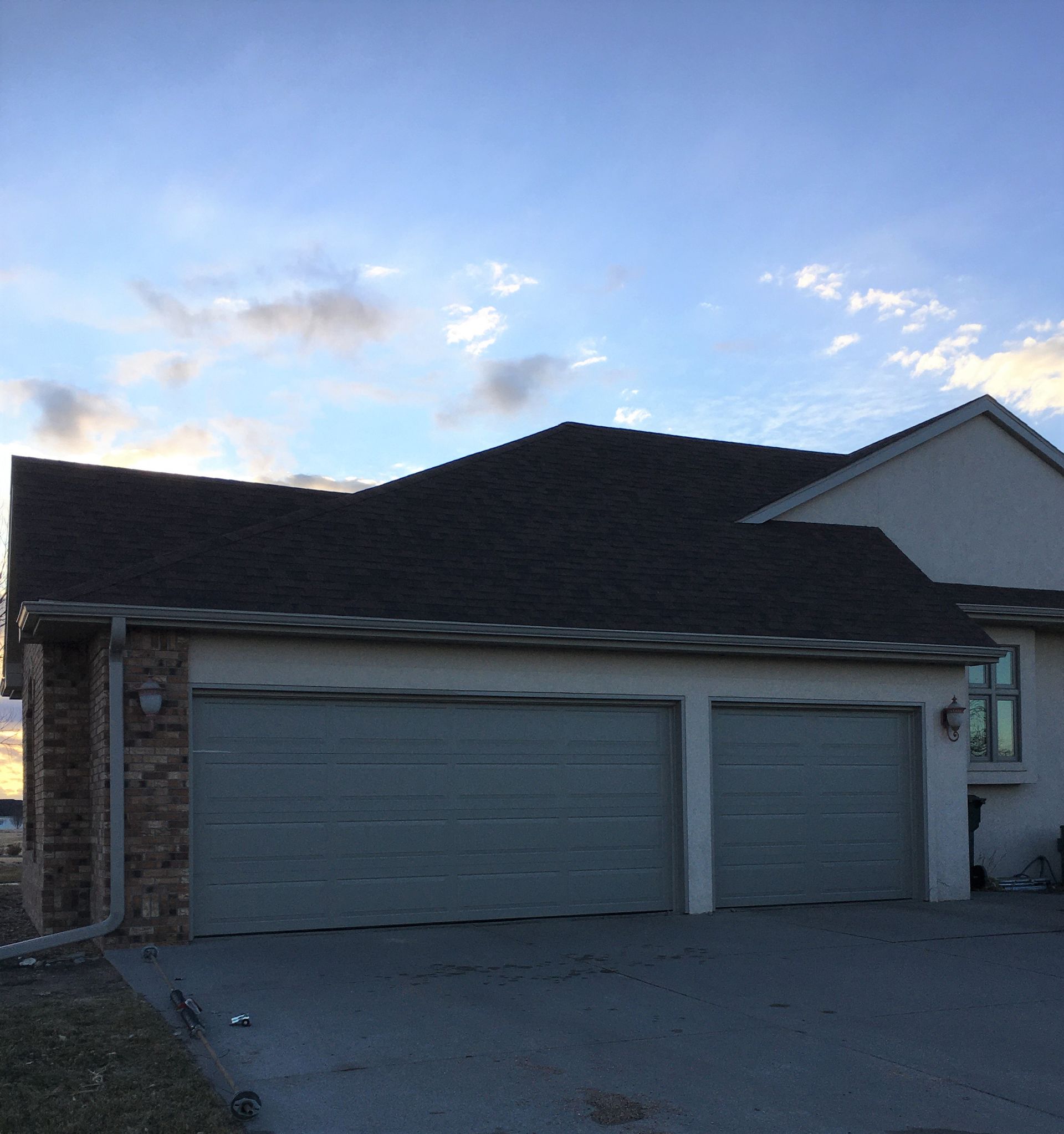The color of your roof affects more than just the look of your home—it can influence your energy efficiency and comfort. Let’s dive into the science of roof colors to determine which one is best for your climate.
The Science of Roof Color and Heat Absorption
The color of your roof plays a significant role in heat absorption. Dark colors, like black, absorb more heat, raising roof surface temperatures and warming your home. White roofs, on the other hand, reflect sunlight, keeping temperatures cooler and reducing strain on cooling systems.
Climate Considerations: When to Go Light or Dark
The best roof color for your home depends on your local climate conditions:
- Warm Climates: If you live in a hot climate, a white or light-colored roof will help reflect the sun's heat, keeping your home cooler and saving on energy bills.
- Cold Climates: Darker roofs can help absorb sunlight, retaining warmth and reducing heating bills.
- Moderate Climates: In regions with moderate climates, you may opt for neutral or slightly darker tones, depending on your home’s insulation and energy efficiency requirements.
The Role of Roof Colors in the Urban Heat Island Effect
White roofs are particularly useful for combating the urban heat island effect, where cities experience higher temperatures due to the prevalence of dark roofs and surfaces. These roofs help lower city temperatures and reduce overall energy use.
Weathercraft’s Tips for Choosing the Right Roof Color
To help you choose the perfect roof color, keep these tips in mind:
- Climate Suitability: Think about your region’s weather patterns.
- Roof Material Compatibility: Ensure the roofing material you choose is compatible with the color.
- Home Aesthetic: Complement your home’s exterior for a cohesive look.
- Energy Savings: Think about long-term savings in energy costs when selecting a roof color.
At Weathercraft, we guide homeowners in choosing the ideal roof color and material to suit their needs and budgets.
